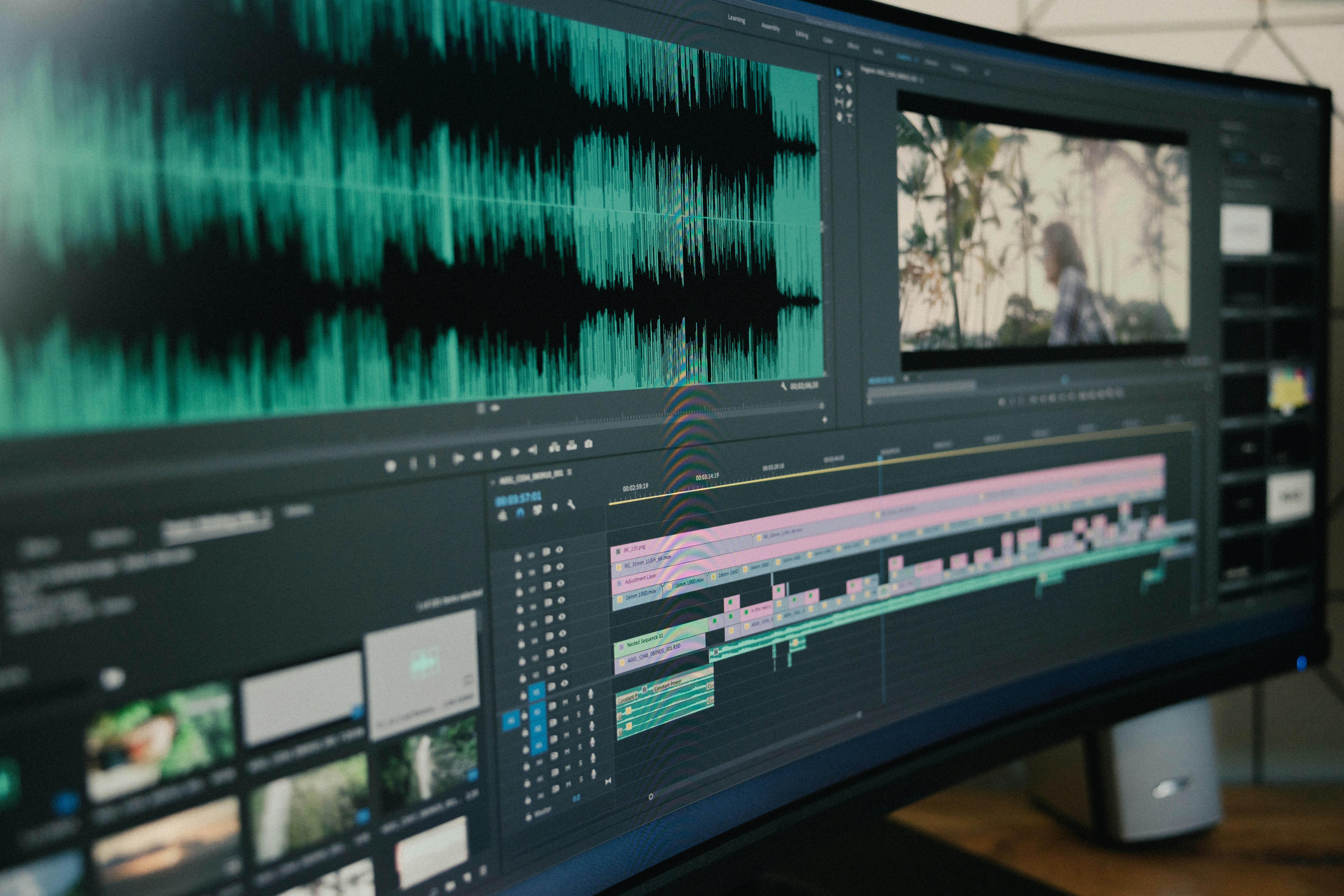A New Way to Generate Video Content with LLMpeg
Last updated: 2025-01-19

Introduction to LLMpeg
In a world that's increasingly driven by visual storytelling, a new tool has emerged that combines the power of AI with video content creation: LLMpeg. Recently showcased on Hacker News, LLMpeg offers users an innovative way to generate videos from textual descriptions. This post delves into the technical aspects of LLMpeg, its potential applications, user experiences, and what it signifies for the future of content creation.
The Genesis of LLMpeg
LLMpeg was developed to address the growing demand for easy and efficient video creation. As video continues to dominate social media and online platforms, the difficulties of video production—such as scriptwriting, filming, and editing—have become increasingly apparent. LLMpeg aims to streamline these processes by allowing users to input descriptive text, which the tool then transforms into video segments using machine learning algorithms. The project was shared under the "Show HN" moniker, a category on Hacker News dedicated to showcasing new and interesting projects, and it quickly caught the attention of the tech community.
How LLMpeg Works
At its core, LLMpeg utilizes large language models (LLMs) to interpret user-provided text and generate corresponding video content. The process involves several key steps:
- Text Input: The user provides a narrative or description of what they want to visualize. This could range from a simple sentence to a detailed script.
- Content Analysis: LLMpeg analyzes the input text, understanding the context, requirements, and emotional tone of the content.
- Video Generation: Utilizing generative algorithms, LLMpeg creates video clips that align with the input text. This may involve sourcing stock footage, generating animations, or even synthesizing new images.
- Final Compilation: The system assembles the generated clips into a coherent video format, allowing for further editing and personalization by the user.
Key Features of LLMpeg
LLMpeg brings several impressive features to the table that make it stand out in the growing market of content creation tools:
- User-Friendly Interface: LLMpeg is designed with users in mind, providing an intuitive interface that simplifies the video creation process.
- Customization: Users can customize their videos, adjusting elements like style, length, and narrative pacing to suit their project's needs.
- Integration with Vast Media Libraries: The platform connects with various media libraries, ensuring users have access to a plethora of images and video footage.
- AI-Powered Optimization: With machine learning capabilities, LLMpeg continually improves the generation algorithms based on user feedback and interactions, leading to higher quality outputs over time.
Potential Applications
The versatility of LLMpeg opens numerous opportunities for its application across different fields:
- Education: Teachers and educators can generate instructional videos to enhance learning, catering to various subjects and learning styles.
- Marketing and Advertisements: Businesses can quickly create promotional videos that align with their campaigns, helping them adapt to trends in real-time.
- Content Creation for Social Media: Influencers and creators can leverage LLMpeg to produce engaging videos without extensive filming or editing, allowing them to maintain an active online presence.
- Entertainment: Writers and producers can explore new narratives in filmmaking by generating storyboards from scripts rapidly, allowing for greater brainstorming and creativity.
User Experiences: What People are Saying
Since its debut on Hacker News, user feedback on LLMpeg has been largely positive, with many praising its potential to revolutionize video content creation. Early adopters have shared a range of experiences:
- Ease of Use: Users have noted that the straightforward interface made it easy for even those without a technical background to create videos efficiently.
- Quality of Output: Many users were impressed with the quality of the generated videos, noting that the visuals closely matched the textual descriptions provided.
- Room for Improvement: Some users highlighted areas for enhancement, such as incorporating more customization options and improving the algorithms for better context understanding.
Challenges and Limitations
While LLMpeg presents exciting opportunities, it also faces some inherent challenges and limitations:
- Quality Control: Like any AI-driven tool, ensuring consistent output quality is a work in progress. Users may observe variability in the quality of generated videos based on the complexity of the input.
- Contextual Understanding: While LLMpegs' algorithms are advanced, they can still struggle with nuanced contexts or abstract concepts, occasionally leading to mismatched visuals or tone.
- User Dependence: Creative projects often require human touch, and while LLMpeg is a powerful tool, users must still invest effort in refining and editing the final output to match their vision.
The Future of Content Creation with LLMpeg
With tools like LLMpeg emerging on the scene, the future of video content creation appears promising. As advancements in AI and machine learning continue, we can anticipate rapid improvements in the efficiency and quality of such tools. For creators, LLMpeg symbolizes a shift towards more democratized content production, where professional-quality videos are accessible to individuals and small businesses alike.
Conclusion
LLMpeg is more than just an innovative tool; it's a sign of a changing landscape in content creation. As the barriers to producing quality video content diminish, creators across the spectrum can harness this technology to tell their stories and share their ideas. The Hacker News community's reception underscores the growing desire for such solutions, presenting a hopeful outlook for the intersection of creativity and technology.
For more information on LLMpeg, you can find the original Hacker News post here: Show HN: LLMpeg.